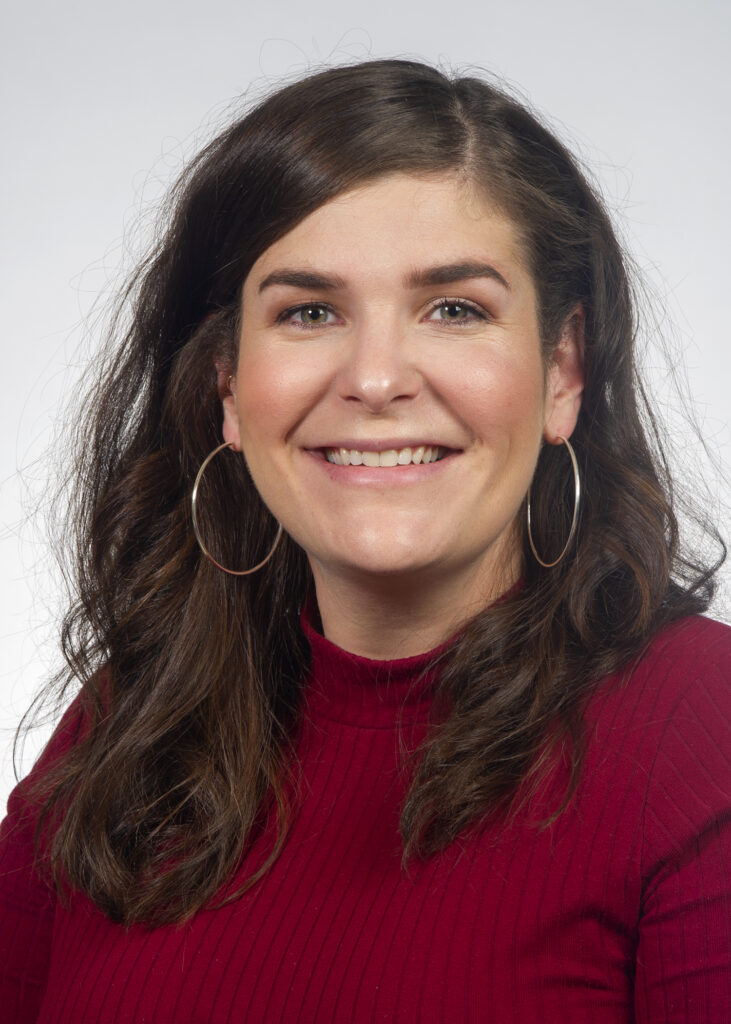Working to the same standard
One of the ways to encourage consistent, quality education is to ensure that all faculty are teaching to a similar standard, through faculty calibration. Interested in further standardizing the approach, dental hygiene professor Brandy Cowen recently studied the calibration process and tested a new method using an Objective Structured Clinical Examination (OSCE) format.

In June, the Texas A&M School of Dentistry faculty member presented her findings at the ADEA Allied Dental Program Directors’ Conference in Washington, D.C.
“Traditionally, students would take an OSCE to demonstrate their clinical skills through a series of timed ‘standardized’ stations to assess competency,” Cowen said. “This is something that started and is commonly used in medical schools, and we’ve adopted in dental schools. I thought that we could do something different for faculty calibration, like that.”
Cowen partnered with the University of Texas Health Science Center in Houston for her new project. Over the course of six months, faculty in Houston and at the A&M dental school underwent faculty calibration through this exam style, and Cowen said she received positive feedback.
Faculty were given an exam, responding to questions on how they might treat a particular case or how they would answer a particular question from a student. They then took a second exam where they could talk and work together to craft answers, before finally having a chance to review their first exam and change answers if they wished. Cowen said the faculty enjoyed the exam structure and the opportunity to collaborate. She noted that a lot of teachers went back to their first exam and changed their answers following the collaborative exam.
“It’s a bit misunderstood that faculty calibration is just ‘this is how we do things at this school, and this is how we want you to do it,’” she said. “Really, it’s more of a collaborative effort where a bunch of educators get in a room, talk about a case and talk about what we would do and what treatment plans are out there. It’s really trying to take various expectations and making them into one reality. We’re trying to come to a consensus and standardizing an approach.”
Cowen was invited by ADEA leadership to present her findings after submitting a program proposal.
Leigh Ann Nurick, executive director of the dental hygiene program, said this was Cowen’s second time to speak at the conference.
”She is the first DH program faculty member to be invited to speak, but not the last,” Nurick said.
Nurick also added that faculty calibration is a requirement from CODA, the school’s accrediting body. Using OSCEs to put faculty through classroom scenarios and gauging performance helps meet accreditation standards, on top of improving the quality of education the school offers. Lots of programs in other dental schools used the OSCE structure for student exams, Cowen said, but using it for faculty calibration was a new idea that many people were excited to learn about at the conference.
“I’m a person who likes to share what I have with everyone,” Cowen said. “I was excited to provide ideas to other schools. Faculty calibration is something we all agreed we struggle with. We do faculty calibration, but we don’t always get feedback from students that they’re seeing an improvement in their teachers or that the faculty is all on the same page.”